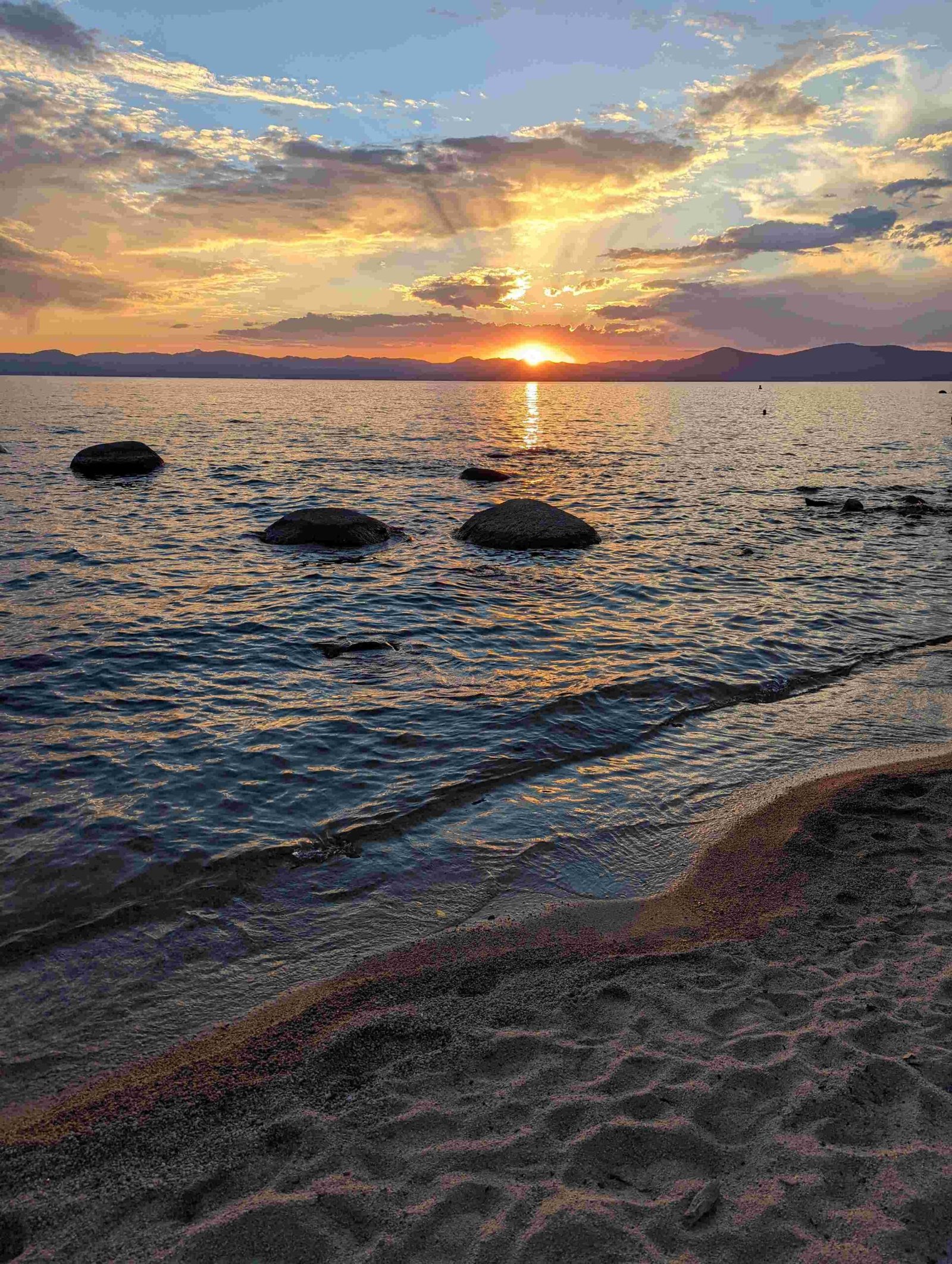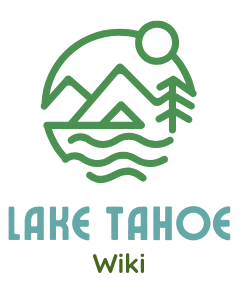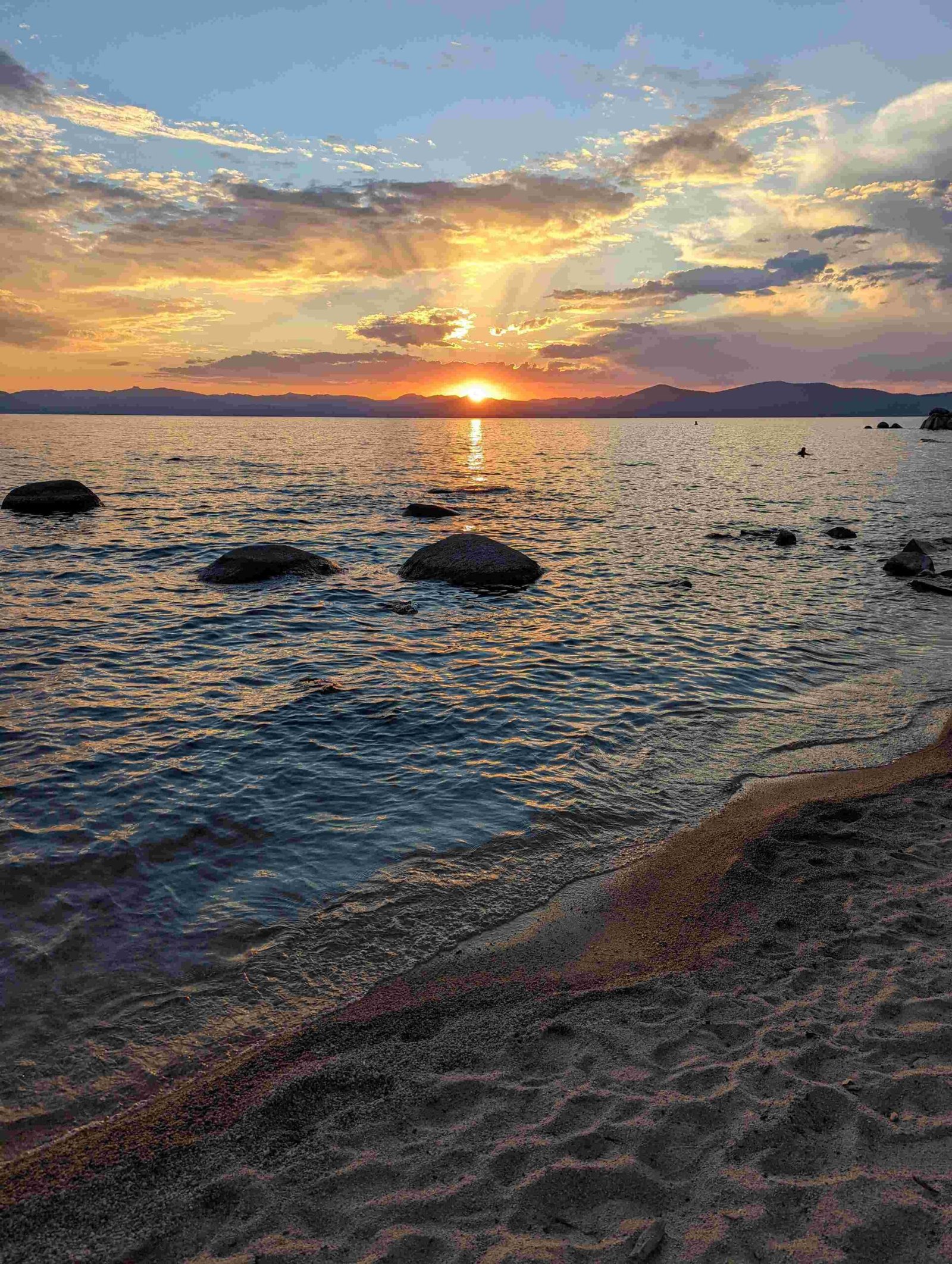Lake Tahoe offers an extraordinary canvas for Milky Way enthusiasts, presenting pristine dark skies, minimal light pollution, and breathtaking alpine landscapes that transform nighttime photography into an immersive celestial experience. With over 300 cloud-free nights annually and strategic locations providing unobstructed views, photographers and stargazers can capture the galaxy’s magnificent spiral arms stretching across Sierra Nevada’s dramatic terrain.
What Makes Lake Tahoe Perfect for Milky Way Photography?

Why Choose Lake Tahoe for Stargazing?
Lake Tahoe’s unique geographical characteristics create an ideal environment for Milky Way observation:
- Elevation: Situated at 6,225 feet above sea level
- Low Light Pollution: Minimal urban interference
- Clear Atmospheric Conditions: Approximately 300 cloud-free nights per year
| Location | Light Pollution Level | Accessibility | Recommended Season |
|---|---|---|---|
| Emerald Bay | Very Low | Easy | May-September |
| Spooner Lake | Low | Moderate | June-August |
| Camp Richardson | Low | Easy | July-September |
| Hope Valley | Extremely Low | Moderate | June-August |
Where Are the Best Lake Tahoe Milky Way Spots?
Emerald Bay: Photographic Paradise
Emerald Bay stands as the crown jewel for Lake Tahoe Milky Way photography. This location offers:
- Crystal-clear lake reflections
- Minimal light interference
- Multiple vantage points
- Accessible parking areas
- Nearby amenities
Photographers can capture stunning compositions by positioning the Milky Way above iconic rock formations and water surfaces.
How to Prepare for Lake Tahoe Milky Way Photography?
Essential Equipment Checklist
- Full-frame digital camera
- Wide-angle lens (14-24mm recommended)
- Sturdy tripod
- Remote shutter release
- Extra batteries
- Warm clothing
- Red headlamp
- Star chart or astronomy app
When Should You Plan Your Lake Tahoe Milky Way Adventure?
Optimal Viewing Windows
The prime Milky Way viewing period in Lake Tahoe spans from late April through early October. Key considerations include:
- New moon phases
- Clear weather forecasts
- Summer solstice period
- Astronomical twilight times
What Challenges Might Photographers Encounter?
Technical and Environmental Considerations
While Lake Tahoe provides exceptional conditions, photographers should be prepared for:
- Rapidly changing mountain weather
- Temperature fluctuations
- Potential high-altitude wind interference
- Complex terrain navigation
Pro Tips for Capturing Stunning Lake Tahoe Milky Way Images
- Use manual focus
- Set ISO between 1600-3200
- Employ wide apertures (f/2.8-f/4)
- Limit exposure to 15-25 seconds
- Practice multiple compositions
- Scout locations during daylight
Recommended Photography Locations
- Emerald Bay State Park
- Spooner Lake
- Camp Richardson
- Hope Valley
- Sand Harbor
Safety and Ethical Considerations
- Respect local regulations
- Practice Leave No Trace principles
- Obtain necessary permits
- Protect wildlife habitats
- Use red lights to preserve night vision
Conclusion

Lake Tahoe represents an unparalleled destination for Milky Way photography, offering photographers and astronomy enthusiasts a remarkable blend of natural beauty and celestial wonder.

